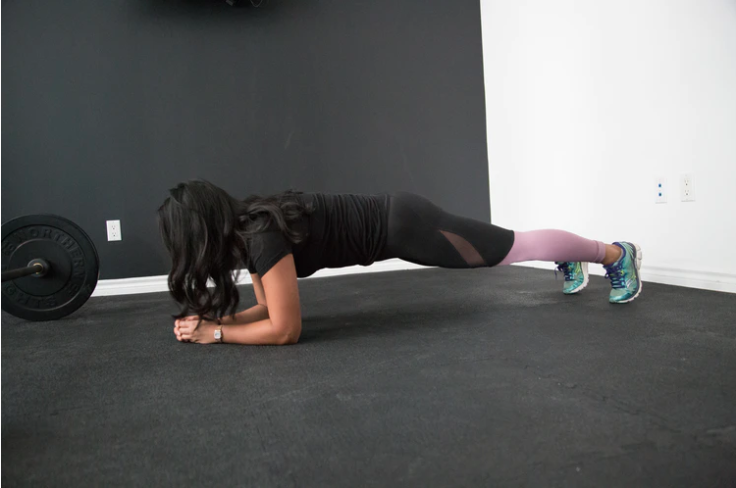Hypertension: Study Identifies Best Exercises To Reduce Blood Pressure

Regular exercise and physical activity, along with prescribed medication, is the recommended route for lowering blood pressure in patients with hypertension. A recent study has identified isometric exercises – where the muscles are engaged without movement – as the best forms of workout for reducing blood pressure.
Isometric exercise involves tightening a specific muscle or group of muscles without any noticeable change in length. Wall sit, plank and glute bridge are examples of isometric exercises used for endurance training and maintaining muscular strength.
Aerobic exercises such as walking, running and cycling are mostly recommended for reducing blood pressure. Researchers of the latest study believe these recommendations are based on older data and do not include new forms of exercise.
The team evaluated databases of 270 randomized controlled trials that looked into the effects of an exercise intervention on resting blood pressure. There were 15,827 participants and all the trials lasted for two weeks or more.
The resting blood pressure values were classified as healthy (below 130/85 mmHg), pre-high blood pressure (130-139/85–89 mmHg) and high blood pressure (140/90 mmHg or more). At the same time, the exercises were categorized into aerobic, dynamic resistance training, a combination of both, high-intensity interval training (HIIT) and isometric exercises.
The study found that isometric exercises were best effective in reducing systolic and diastolic pressures. Other forms of exercise such as cardio, squats, push-ups and high-intensity interval training can also provide substantial benefits.
Systolic pressure is caused when the heart pumps out blood, while diastolic pressure is when the heart gets filled with blood.
The effectiveness of isometric training in reducing systolic pressure was 98%, while it was 76% for the combined training, followed by dynamic resistance training, aerobic exercise training and HIIT. While analyzing further, wall squats (isometric) and running (aerobic) were the most effective ones among individual exercises.
Researchers suggest a re-evaluation of the current exercise guidelines based on their research findings.
"Various exercise training modes improve resting blood pressure, particularly isometric exercise. The results of this analysis should inform future exercise guideline recommendations for the prevention and treatment of arterial hypertension," they wrote.



























